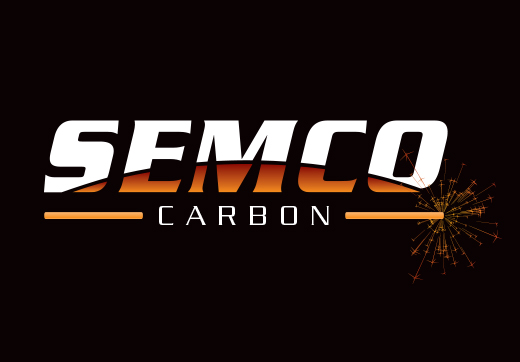
Diffusion Barrier Coatings for Graphite Fixtures
Vacuum heat treating shops commonly use graphite fixtures on which to set parts to be treated. Graphite fixtures have excellent thermal stability, allowing them to be used again and again through multiple heat treat cycles. In addition to that, graphitedoes offer significant cost advantages, when compared to other materials used to make fixtures (high nickel/chromium or moly alloy type fixtures)
Graphite Fixtures and Ferrous Materials
If you are using graphite fixtures, it is important to remember that graphite is carbon, and pure carbon likes to react chemically with metals containing iron, especially stainless steel, to form low melting eutectic compositions at temperatures just below 2100°F. This temperature is often lower than some of the common heat-treating cycle requirements.
Where the ferrous parts touch the graphite local carburizing of the ferrous parts can occur resulting in loss of material properties (stainless), or even eutectic bonding. The eutectic bonding can result in the destruction of both the metal parts, as well as the graphite fixtures. Therefore, ferrous materials such as stainless should not be allowed to come in direct contact with graphite fixtures at certain temperatures.
To combat the local carburizing or eutectic bonding, various pastes and spray coatings have been developed. Alumina and boron-nitrate pastes are efficient, but degrade relatively fast, resulting in the need to often re-coat the graphite fixtures. The thermally sprayed alumina based coatings are considered a better solution, due to long term protection, at a relatively low cost. Other relatively easy solutions to form a protective layer between ferrous materials and graphite fixtures make use of solid ceramic layers, or ceramic-fiber paper/cloth. Ceramic materials are also available in form of stop-off paints that can be applied over the graphite fixtures.
The choice of protective materials to be used is dependent on the application specifics, as well as costs. As discussed if eutectic bonding of ferrous metals is occurring during the heat treatment process a simple solution is to create a barrier, preventing the possibility of eutectic bonding.
